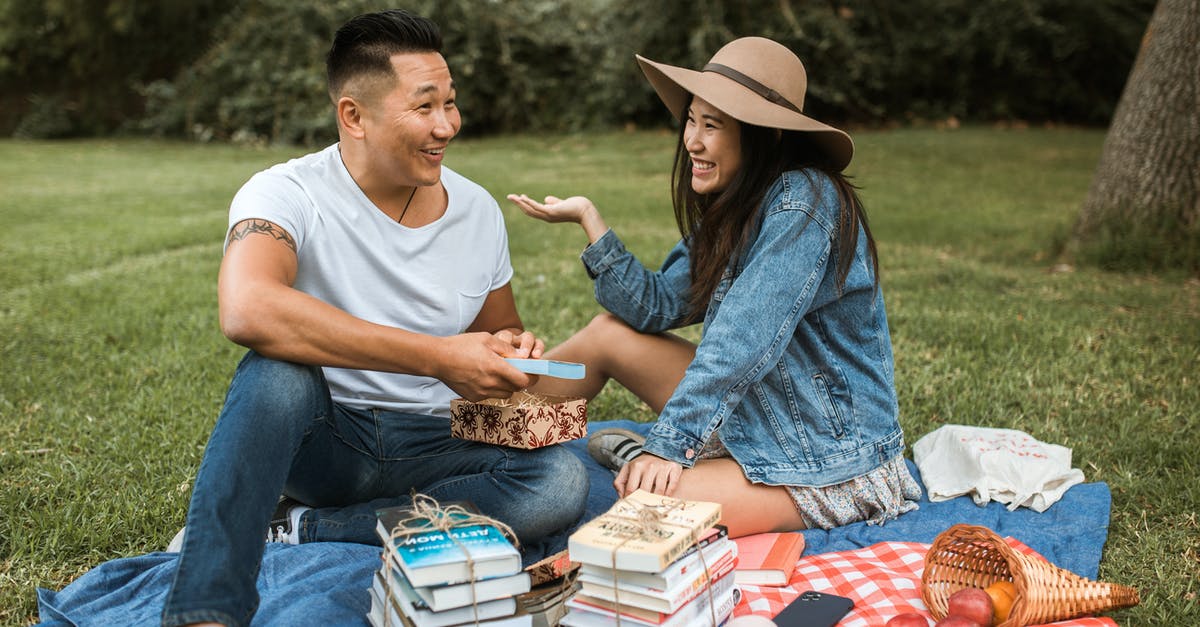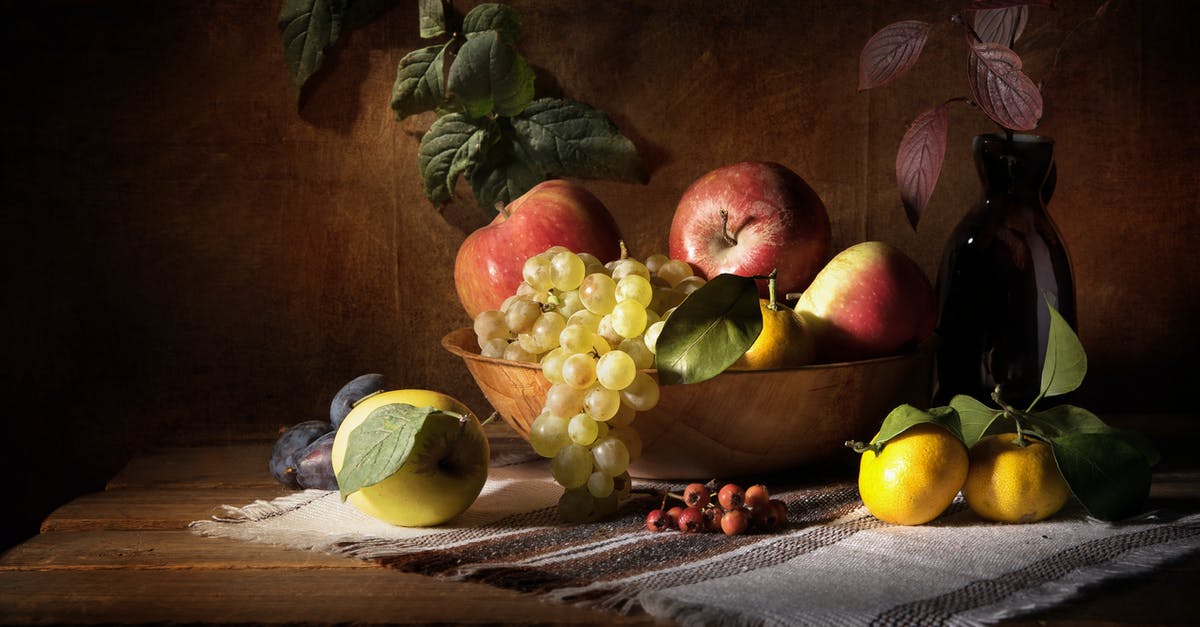Why didn't my apples caramelise?

Today I tried to make a Tarte Tatin, with mixed results. Everything tasted great, expect that my apples didn't really caramelise.
Note: This recipe is more like an interpretation of a real Tarte Tatin.
As instructed, I first made caramel (sugar & water), which I then is poured onto a plate to cool and harden, just like the recipe said.
In the meantime, I peeled four apples (Boskop), then cut them into quarters and removed the core.
To prevent the apples from browning, I put them in a bowl of water with lemon juice (this was not in the recipe).
After all four apples were ready, I put the quarters into an oven-proof pan after washing them & drying them with a paper towel (to remove the lemon juice taste).
Following the recipe, I broke the caramel into small pieces, put them on top of the apples, squeezed half a orange over the pan and added a few tiny bits of butter. Then I covered the pan with aluminum foil and put it into the oven at 180°C.
As the recipe did not tell me what type of heat to use, I used top & bottom heat.
According to the recipe, the apples would be caramelized after 20 minutes. When I looked at them after 20 minutes, the caramel didn't even begin to melt, so I put them in for another 15 minutes. After that, the apples basically turned into mush, like they had exploded.
My guess is that by putting them into the bowl with lemon water, they probably sokaed a bit, which means they were moister than usual.
Also, it sounds a bit strange to me to first make the caramel, letting it harden, just to reheat it again – that simply did not work as expected, maybe because it was to thick or the pieces were too large.
How can I avoid that my apples turn into overly soft, shapeless apple things?
Is there a better way to caramelize apples, maybe a way that keeps a bit bite to them?
Did you notice anything wrong in my process?
Best Answer
Sugar / caramel melts far above the boiling point of water. So apples are likely to cook and going to be soft faster than the caramel can melt. The only things I can suggest are to make a caramel sauce or pour liquid caramel onto the (sautéed or somehow else processed) apples. (Another option would be using a salamander or even a burner like the ones to make créme brulée but I don't think you have such an oven or burner.) Making the caramel more acidic may be an solution. I don't know if it lowers the melting point of the caramel.
I've tried something similiar with sautéed peaches some months ago. I thought of some crispy, caramelly stuff. Same problem: peaches mushy, caramel still solid.
Pictures about "Why didn't my apples caramelise?"



How do you make caramel stick to apples?
Chill the apples in the refrigerator for at least one day, if possible, before dipping. The cold apples will help the warm caramel stick more immediately onto the apples as you're dipping.Why is my tarte tatin runny?
If you find your apple tarte tatin is too liquid, it means that either your fruit were old (pectin breaks down as fruit age) OR the apple layer didn't come to a full boil.How do you make tarte tatin apples?
Peel, core and quarter the apples, and then place neatly in the pan so they fit snugly in the base. Turn the heat to medium-low and cook gently for 8-10 minutes or until softened slightly. Remove from the heat, discard the vanilla pod and leave to cool for 5 minutes.Is Tarte Tatin always Apple?
In addition to apple Tatins, many bakers also prepare upside-down versions of other fruit tarts, including peach, pear and pineapple varieties. Some avant-garde cooks have even made vegetable versions of the tart, with onion and tomato variants being the most popular.Why Didn't You Stop Me?
Sources: Stack Exchange - This article follows the attribution requirements of Stack Exchange and is licensed under CC BY-SA 3.0.
Images: RODNAE Productions, RODNAE Productions, anurag upadhyay, Evgeniy Alekseyev
